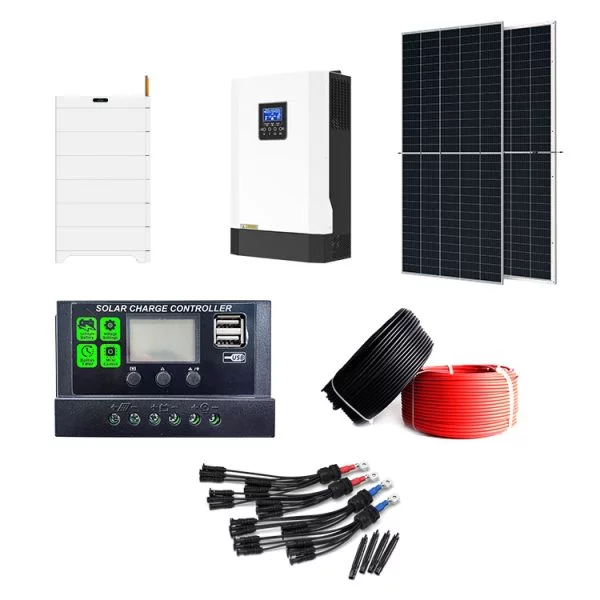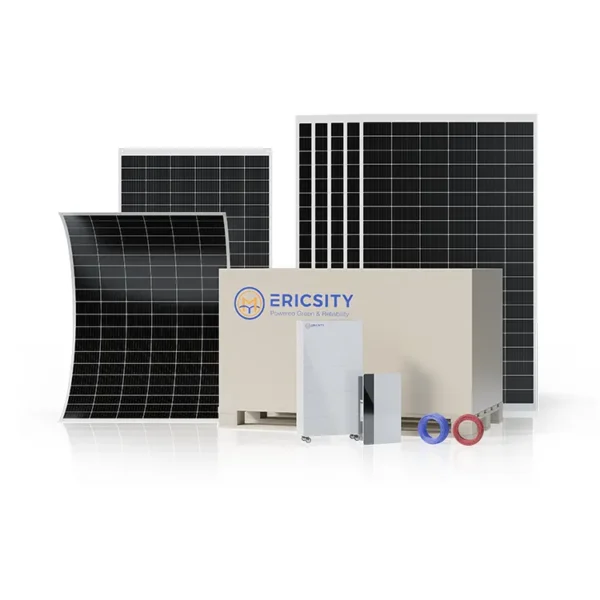HOT PRODUCT
Product Details
Solar Innovation With A Slim Edge: The Advantages Of Slim Flexible Panels
Solar Innovation With A Slim Edge: The Advantages Of Slim Flexible Panels
Solar energy has become an increasingly popular and environmentally-friendly source of power in recent years. As technology continues to advance, so too does the efficiency and versatility of solar panels. One such innovation that has gained significant attention is the development of slim, flexible solar panels. These panels offer a range of advantages compared to their traditional counterparts, making them an exciting prospect for a wide variety of applications.
One of the primary advantages of slim, flexible solar panels is their lightweight design. Unlike traditional solar panels, which can be heavy and bulky, these slim panels are incredibly lightweight and thin. This allows for easier installation in various settings, especially in areas where space is limited or weight restrictions apply. The reduced weight also means that transportation and logistics become more manageable, further reducing overall costs.
Another significant advantage of slim, flexible solar panels is their ability to conform to curved surfaces. This flexibility opens up numerous possibilities for solar panel integration that were previously unattainable. For example, these panels can be seamlessly integrated into the design of buildings, vehicles, or even clothing. The ability to mold solar panels to various surfaces ensures that energy generation can occur in places previously deemed unsuitable for traditional rigid solar panels.
The slim, flexible nature of these panels also makes them highly durable. Unlike rigid solar panels, which are prone to damage from impact or extreme weather conditions, flexible panels can withstand bending and twisting without impairing their functionality. This durability makes them ideal for use in harsh environments, such as remote locations or disaster-prone areas, where traditional panels may not be viable.
Efficiency is another crucial advantage offered by slim, flexible solar panels. Advancements in solar cell technology have enhanced the efficiency of these panels, allowing them to convert sunlight into electricity more effectively. Improved efficiency means that a smaller surface area is required to generate the same amount of power, making these panels a practical choice when space is limited. Additionally, higher efficiency translates into increased energy production, ensuring a better return on investment for users.

Moreover, the slim, flexible design of these panels makes them aesthetically appealing. Traditional solar panels often have a bulky and rigid appearance, which may not be suitable for certain architectural designs or applications. However, slim panels boast an elegant and sleek design that can be seamlessly integrated into various settings without compromising the visual appeal. This feature makes them an excellent choice for residential, commercial, and even public installations.

Installation and maintenance of slim, flexible solar panels are also relatively straightforward. Due to their lightweight nature, these panels can be easily mounted on a wide range of surfaces, including curved or uneven ones. Their flexible design also means that they can be effortlessly adjusted to ensure maximum exposure to sunlight. Additionally, the ruggedness of these panels significantly reduces the need for regular maintenance and repair, thereby minimizing overall upkeep costs.

In conclusion, the advent of slim, flexible solar panels represents a significant leap forward in solar energy technology. With their lightweight design, flexibility, durability, efficiency, and aesthetic appeal, these panels offer numerous advantages over traditional rigid panels. Their ability to conform to curved surfaces, along with their increased durability, widens the scope of potential applications. Whether it is for residential installations, architectural projects, or powering vehicles, slim, flexible solar panels pave the way for a future where clean and renewable energy is seamlessly integrated into every aspect of our lives.




